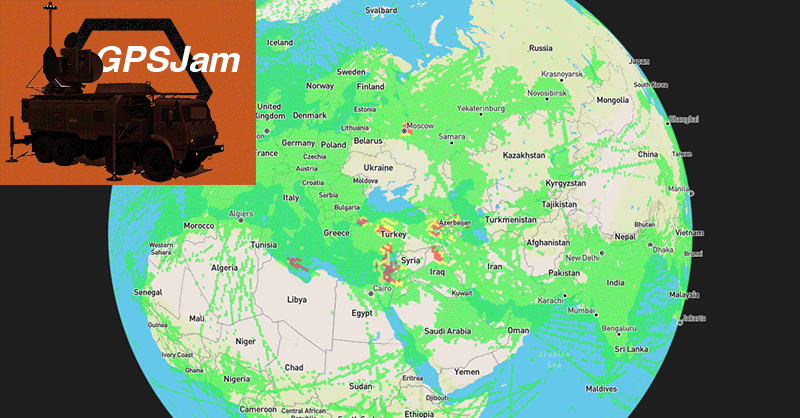Boeing-owned Wisk Aero is making strides towards introducing autonomous air-taxis, with plans to commence passenger flights “later in the decade” as it collaborates with U.S. regulators for necessary approvals.
Reuters reports that Wisk Aero, a subsidiary of Boeing, is at the forefront of developing electric vertical take-off and landing (eVTOL) aircraft, aiming to revolutionize urban transportation with its autonomous air-taxis. The company’s CEO, Brian Yutko, announced at the Farnborough Airshow that Wisk is currently in the process of testing and producing components for their aircraft, with hopes to conduct test flights by the end of this year.
The air-taxi industry has seen a surge in companies developing eVTOL aircraft in recent years, all promising to provide an eco-friendly alternative for travel in congested urban areas. However, the sector faces significant challenges, both technological and regulatory. One of the primary hurdles is the development of batteries powerful enough to enable multiple trips on a single charge, a crucial factor for operational efficiency and economic viability.
Wisk’s approach stands out in the industry due to its focus on fully autonomous four-seater aircraft with a projected range of 90 miles. This strategy diverges from other major air-taxi manufacturers who are developing piloted models. Wisk argues that their autonomous approach will lead to cost savings for operators by eliminating pilot expenses.
Despite the company’s optimism, industry analysts remain skeptical about the timeline for certification and widespread adoption of autonomous air-taxis. A report by Bain suggests that full autonomous passenger flights may not be realized until the late 2030s. The report also highlights potential competition from autonomous ground vehicles, which could impact the air-taxi market.
Regulatory hurdles present another significant challenge for Wisk and similar companies. Convincing regulators and the public of the safety of these aircraft is crucial, particularly for autonomous models. The U.S. Federal Aviation Administration (FAA) will play a pivotal role in the approval process, and Wisk is actively working with the regulator to secure the necessary certifications.
The economic viability of air-taxi services is another area of focus. Mattia Celli, one of the authors of the Bain report, emphasizes the importance of maximizing passenger occupancy and avoiding empty return trips for operator profitability. These factors will be critical in determining the success of air-taxi services in the competitive urban mobility landscape.
Wisk’s journey began as a joint venture between Boeing and Kitty Hawk Corp before becoming a fully-owned subsidiary of Boeing last year. This backing from one of the world’s largest aerospace companies provides Wisk with significant resources and expertise as it navigates the complex path to bringing autonomous air-taxis to market.
Even as Boeing boasts of its pilotless air-taxi plans, it continues to have trouble building and maintaining traditional human-flown aircraft. The company recently pleaded guilty to fraud charges over the crashes of its infamous 737 MAX airliner.
BWA HA HA HA HA HA...
Last edited:




